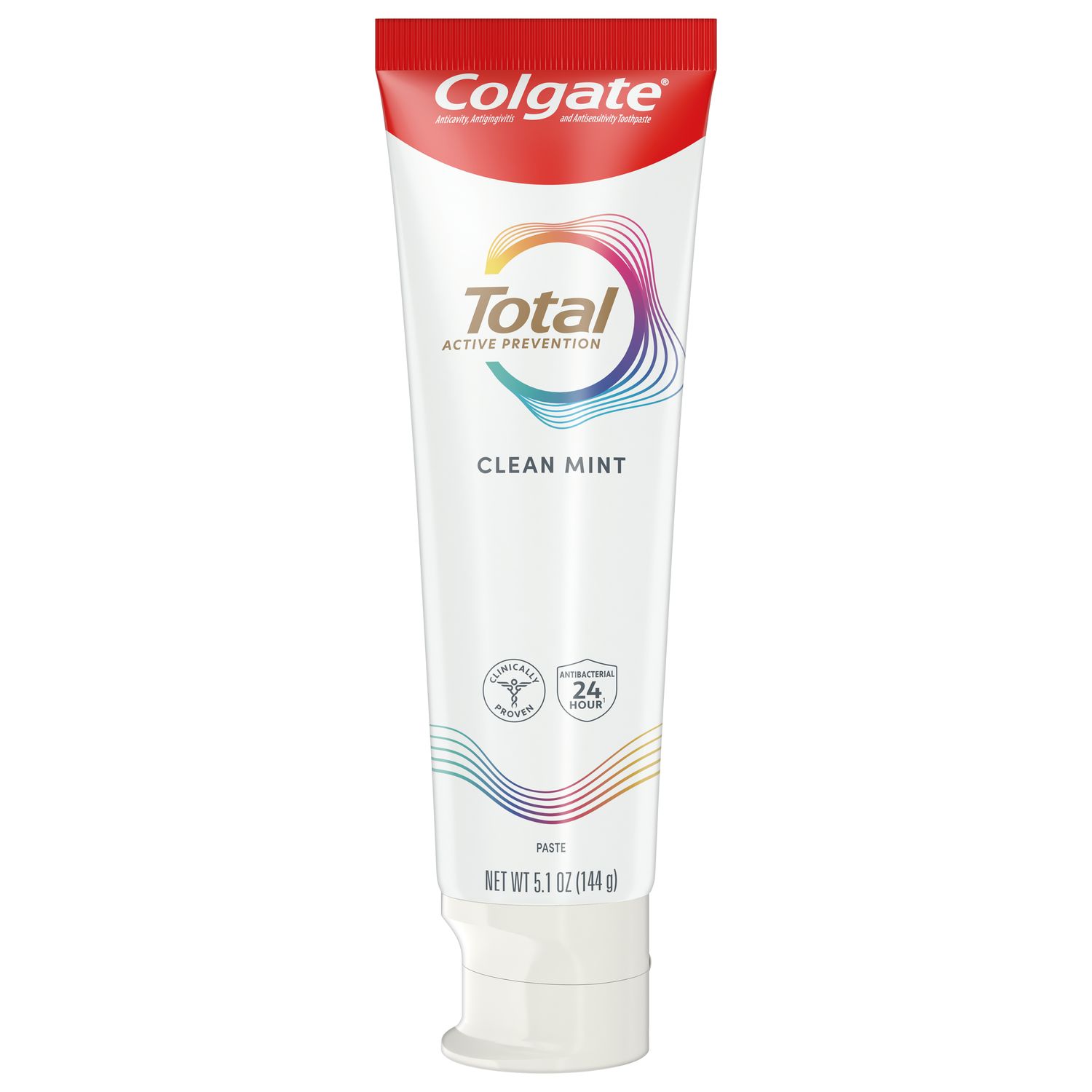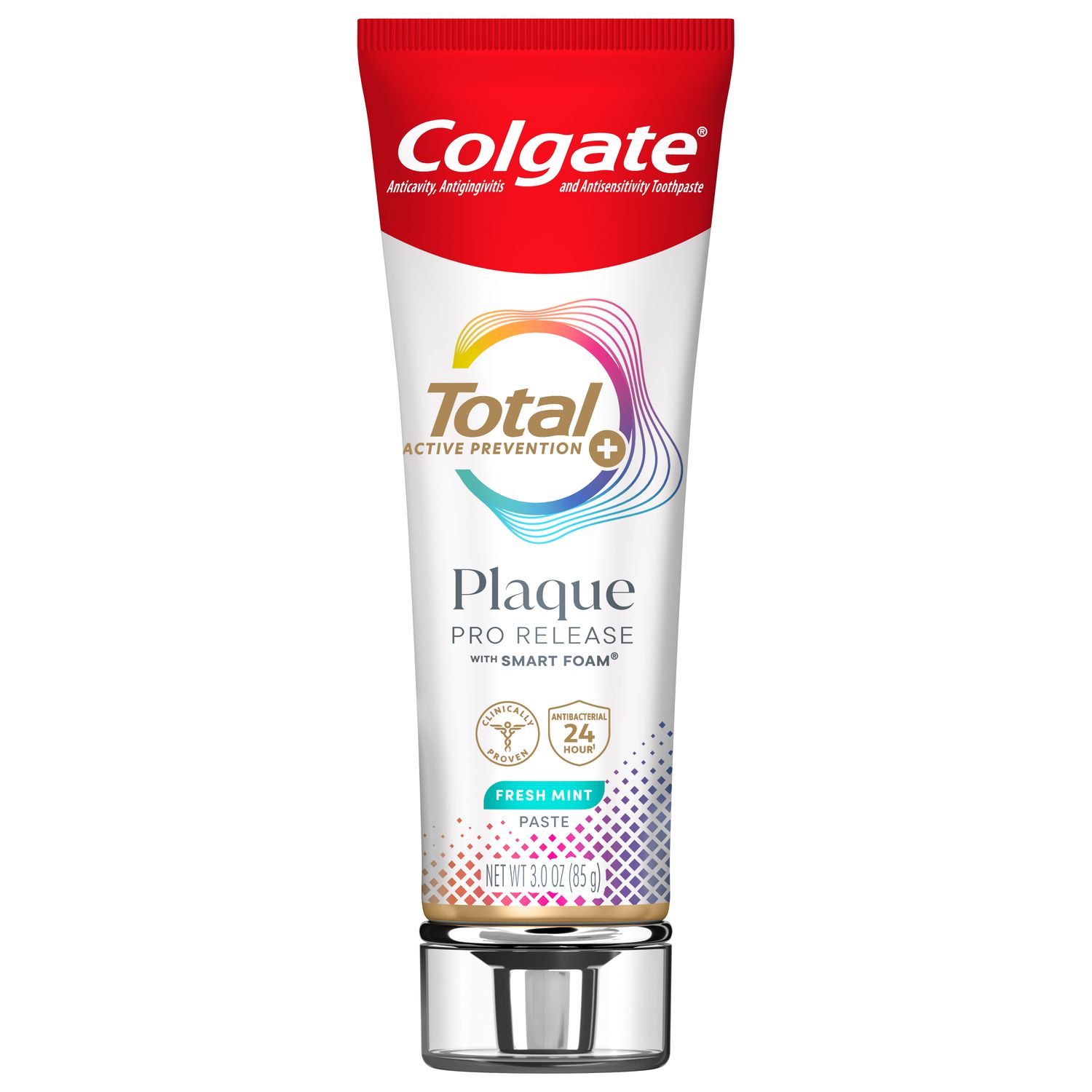
One of the most important components of our job as dental hygienists is educating patients about how to best take care of their teeth and gums at home. Yet how many times have you provided your patients with oral hygiene instruction and you can immediately tell that their compliance with home care is low.
When providing patient education, the initial step of grabbing your patients' full attention can definitely be a challenge. You must help them understand the value of your oral care recommendations, so they know their home care affects their oral health and may affect their overall health. Finally, you must find a way to help your patients remember what you have told them, so they follow through with improving their home care. Listed below are five tips to help make this happen.
1. Use Visual Examples
For many people, explaining ideas with only words makes a concept difficult to understand. For example, when explaining pocketing to a patient, you could say that a pocket is the space between the gum tissue and the tooth. But if you then show your patients the probe graphic in the patient education section of the Gum Health Physical, the visual will help your patients understand why pocketing is a serious condition. Your patient will see inflammation and bone loss in action. Patients will want to know what they can do to help protect their teeth and gums.
2. Use Easy-to-Understand Language and a Positive Tone
In dental hygiene school, we learned the correct terms to identify anything that is dental related. But once you get into private practice, when talking to patients it is important to refrain from terms that are too technical. This would confuse many patients and you may lose their attention. For example, instead of telling a patient that the gingiva is inflamed on the lower anterior teeth, you could explain that you are concerned because the gums are red and puffy on the lower front teeth. You can keep the tone positive by telling patients what you are noticing in their mouth and why you are concerned.
3. Use Motivational Interviewing
According to RDH Magazine, motivational interviewing is an effective technique where dental hygienists partner with their patients to encourage dental patient compliance. Begin by asking open-ended questions to engage your patient, such as, "How do you feel about flossing daily?" This method actively involves patients and allows them to make decisions for themselves. If a particular patient is uncomfortable with flossing, you can work together to find an alternative method for interdental cleaning that will work best for that patient.
4. Demonstrate Oral Care Techniques
Explaining home care can seem repetitive. Keep in mind that if you are seeing a patient for the first time, you have no idea what that person knows about brushing and flossing. You have the opportunity to show your patient something he or she has never learned before. For example, when teaching patients how to floss, show them what it looks like in a mirror, so that they can learn how to do it correctly. When it comes to home care, it is common for people to have no idea that they are doing something wrong.
5. Provide Patients with Written Instructions
Oftentimes, patients don't remember what you have told them by the time they return home. Perhaps, your patients have plaque buildup on the outside of the upper left molars and you want them to focus on brushing at the gumline. If you provide patients with a report from the Gum Health Physical, they will be able to review your instructions which can help them effectively implement these instructions at home.
Achieving dental patient compliance is a constant challenge for any dental hygienist. The key is to be persistent in your commitment to your patients' oral health and to not let frustration overwhelm you. The techniques listed above will help you work as a team with your patients to help keep their smiles as healthy as possible.
Takeaways
- Use visual aids and hands-on demonstrations to help your patients learn home care techniques.
- Try using a different approach, such as motivational interviewing, if you are not connecting with patients.
- Provide your patients with a Gum Health Physical report to help them remember what they need to do at home.
Why It's Important
When patients listen to your oral care recommendations, you get the satisfaction of knowing you succeeded in helping your patients attain a healthy smile.
Join us
Get resources, products and helpful information to give your patients a healthier future.
Join us
Get resources, products and helpful information to give your patients a healthier future.













